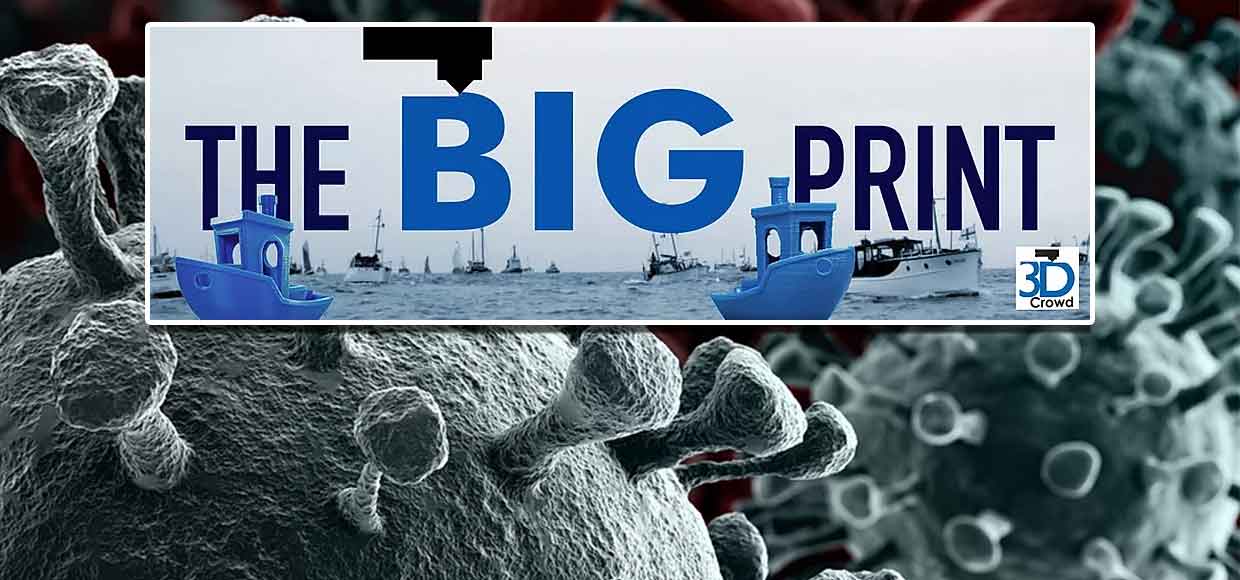 Go to Canterbury Christ CHurch University's website
Go to Canterbury Christ CHurch University's website
 Go to Canterbury Christ CHurch University's website
Go to Canterbury Christ CHurch University's website

06 Apr 2020 | views: 1129 | Ambassadors
If you have a 3D printer and wish to help support national effort in 3D printing visors for regional personnel (NHS personnel, GPs, Care-workers, Care-assistants, residential-home-workers, Parole officers, etc) at risk exposed to COVID19, then https://www.3dcrowd.uk is coordinating efforts to supply coordinated and safe approach visors to people who need them, you will be able to volunteer via this site to covid-19volunteersuk.slack.com, the efforts in the south east are being coordinated by #zsouth_east and #south_east_kent.
The design that can assist for larger 3D printers;
https://www.prusa3d.com/covid19/
For smaller 3D printers are engineers have developed a variation of this design to be printed in 3 parts. The necessary 3D files are attached for UMGo version facial shield. Feedback from University of Swansea team to ensure our safety and others when producing visors things you remember and do;Manufacture and assemble practicing social distancing, and as if you were manufacturing for food to be sold to the public (Trading standards approach):
Fabrication and packaging: